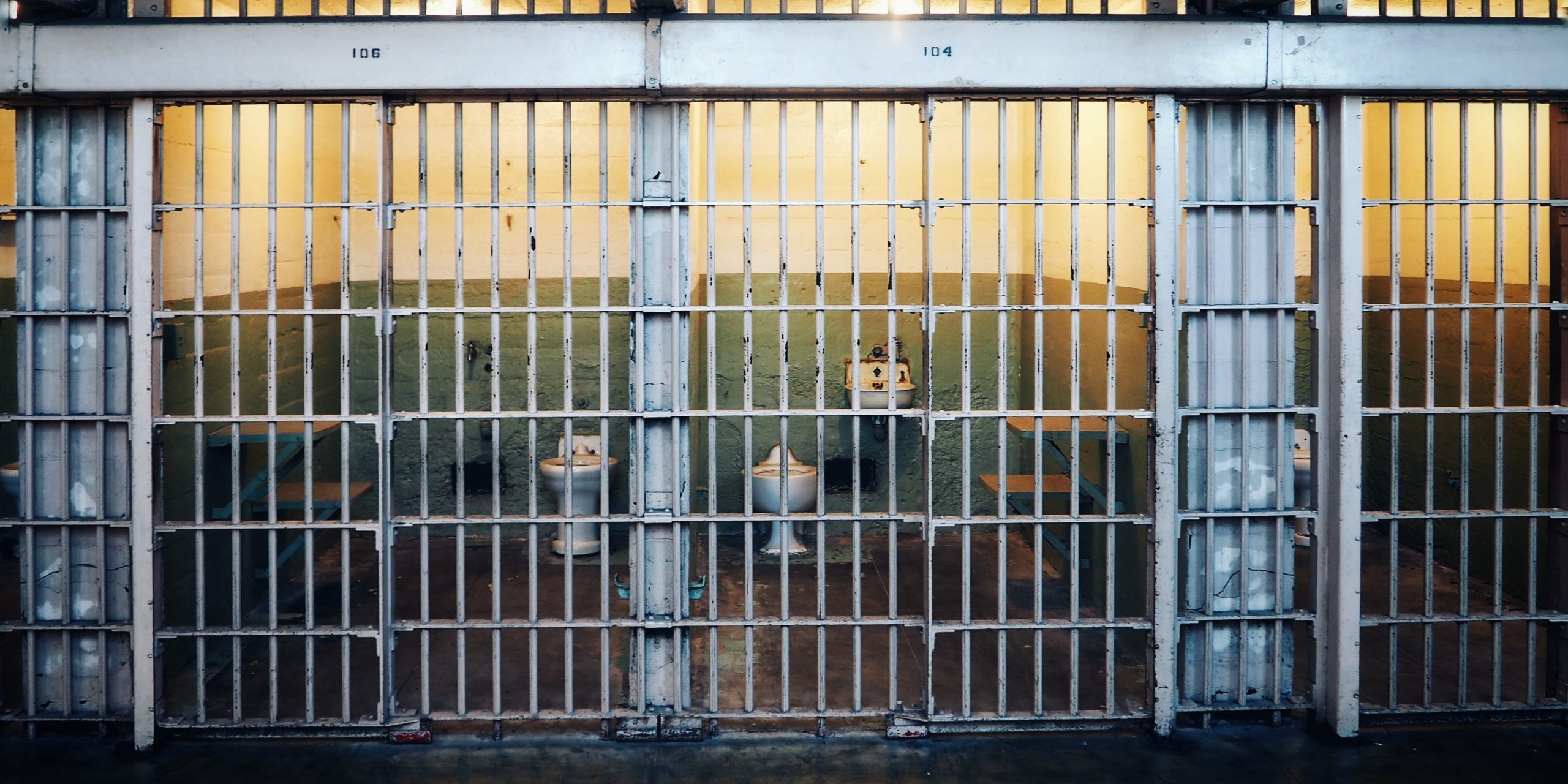For the second year in a row, the nation’s prison population has increased, a notable reversal after more than a decade of steady decline. According to new data from the Bureau of Justice Statistics, 1,254,224 people were incarcerated in state and federal prisons at the end of 2023, marking a 2% increase from the previous year.
This follows a similar rise in 2022, the first uptick since 2010. While the total number of incarcerated individuals remains about 20% lower than it was a decade ago, the trend signals that the post-pandemic declines may be coming to an end. One of the most striking findings is that women are entering prisons at a faster rate than men. Between 2022 and 2023, the female prison population grew nearly 4%, compared to a 2% increase among men. Thirty-eight states reported growth in male prison populations, while 41 saw increases among women. States such as New Mexico, Maine, and South Dakota experienced the fastest growth overall.
The report also highlights another significant shift — the aging of America’s incarcerated population. Nearly one in four prisoners is now age 50 or older, and experts project that by 2030, one-third of U.S. inmates could fall into that category.
These changes come at a time when prisons are already strained by staffing shortages, overcrowding, and rising healthcare costs. In response, some states are considering reforms such as “second look” laws and expanded parole options for older or low-risk individuals. Advocates say these measures could reduce costs and improve conditions behind bars, while critics caution that public safety and fiscal impacts must remain top of mind.
For those facing criminal charges, these shifting trends underscore how sentencing, incarceration, and reform efforts continue to evolve. Understanding how these broader patterns may affect individual cases is more important than ever.

